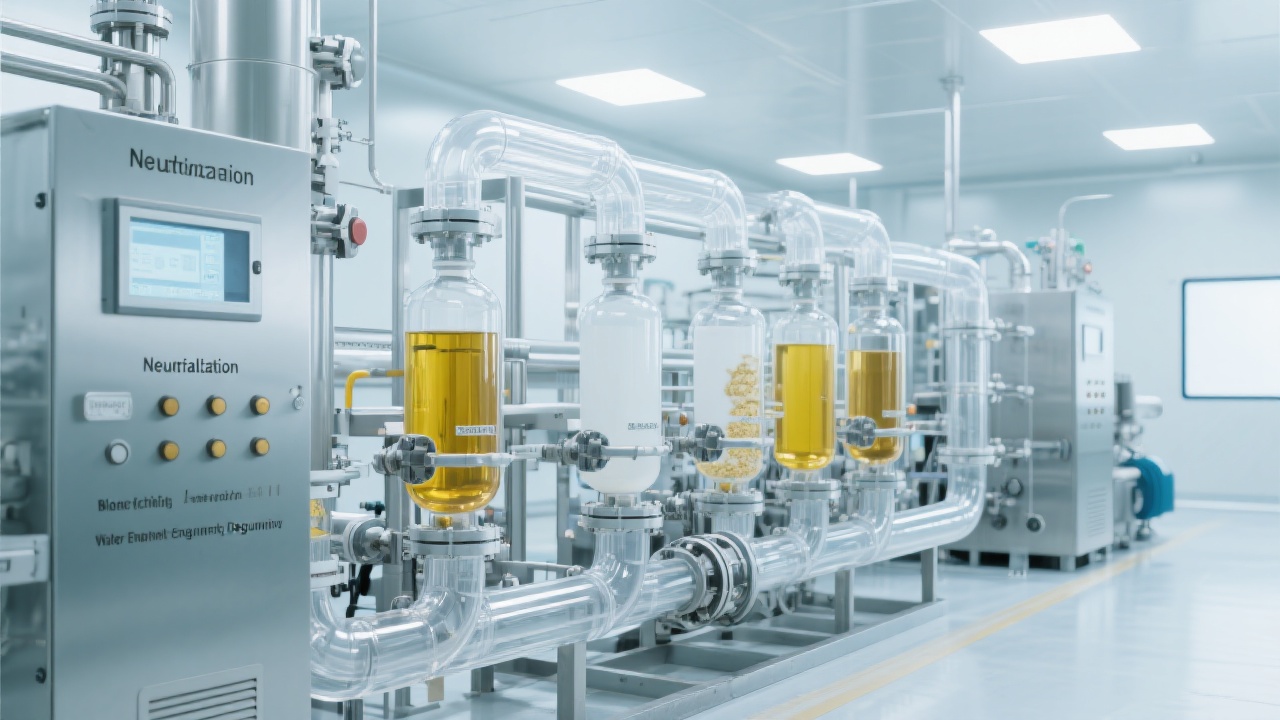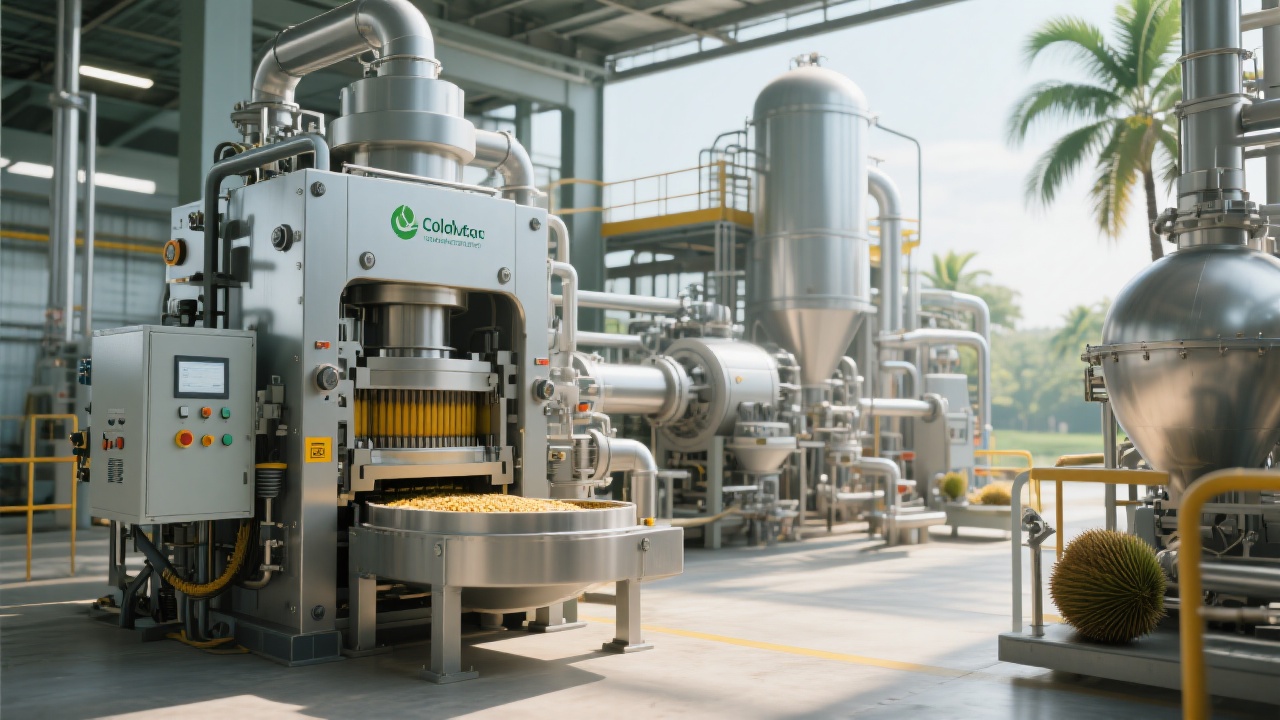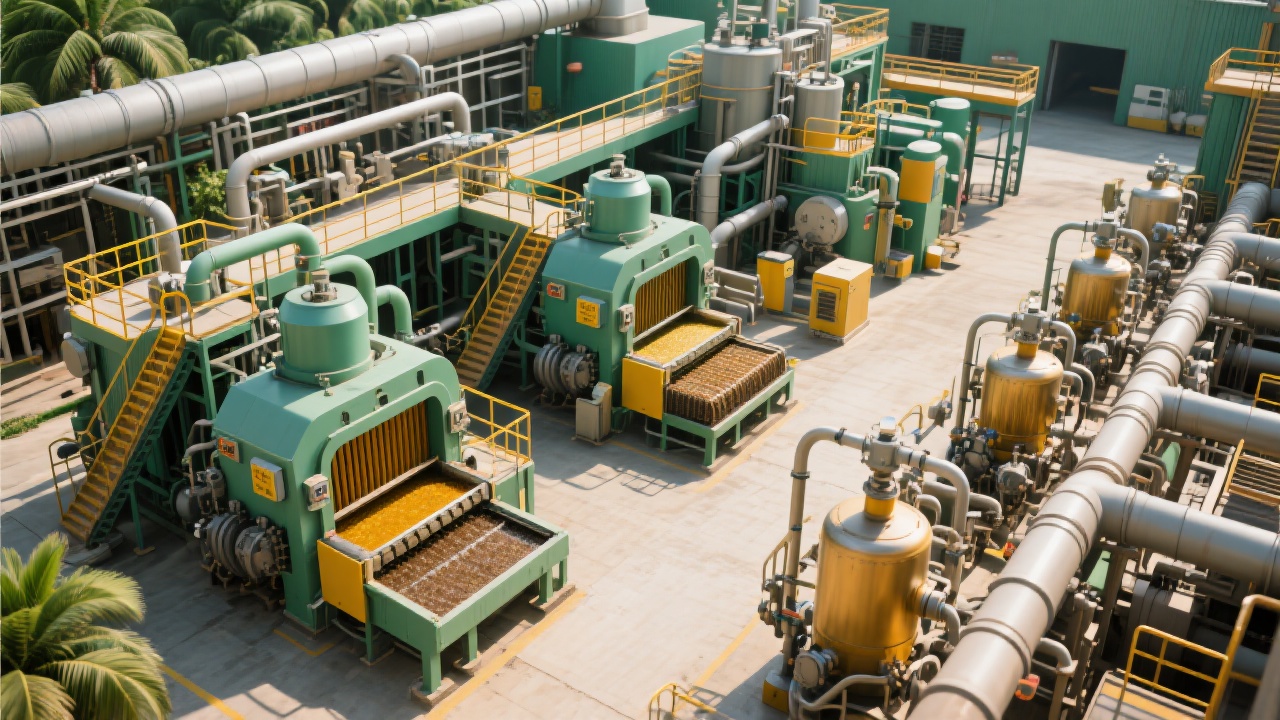
Rice bran oil, known for its health - promoting properties and high nutritional value, has gained significant popularity in the food industry. However, achieving high - purity rice bran oil requires a well - optimized production process and appropriate equipment selection. This article aims to provide a comprehensive guide on process optimization strategies and equipment selection for enhancing the purity of rice bran oil.

The production of rice bran oil involves three main stages: pretreatment, extraction, and refining. In the pretreatment stage, raw rice bran is cleaned, dehulled, and conditioned to improve the efficiency of subsequent processes. The extraction stage uses solvents or mechanical methods to separate the oil from the pretreated rice bran. Refining is the final step to remove impurities and improve the quality of the extracted oil.
Pretreatment equipment includes cleaners, hullers, and conditioners. Cleaners are used to remove foreign materials such as dust, stones, and broken rice from the raw rice bran. Hullers break the outer husk of the rice bran, while conditioners adjust the moisture content and temperature of the rice bran to facilitate oil extraction. For example, a well - designed cleaner can remove up to 95% of foreign materials, significantly improving the quality of the raw material.
There are two main types of extraction methods: solvent extraction and mechanical extraction. Solvent extraction uses solvents such as hexane to dissolve the oil from the rice bran, while mechanical extraction uses presses to squeeze the oil out. Solvent extraction is more efficient, with an extraction rate of up to 90%, compared to mechanical extraction which has an extraction rate of around 70 - 80%.
Refining equipment is used to remove impurities such as gums, free fatty acids, pigments, and odors from the extracted oil. The main refining processes include degumming, deacidification,脱色, and deodorization. Each process requires specific equipment and technologies.

Degumming is the process of removing phospholipids and other gums from the oil. There are two main methods: physical degumming and chemical degumming. Physical degumming uses water or steam to hydrate the gums, which can then be separated by centrifugation. Chemical degumming uses acids such as phosphoric acid or citric acid to react with the gums and make them easier to remove. Physical degumming is more environmentally friendly, but chemical degumming is more effective in removing stubborn gums.
Deacidification is used to remove free fatty acids from the oil. There are two main methods: chemical deacidification and physical deacidification. Chemical deacidification uses alkalis such as sodium hydroxide to react with the free fatty acids to form soap, which can then be separated from the oil. Physical deacidification uses steam distillation to remove the free fatty acids. Chemical deacidification is more commonly used, but physical deacidification can produce oil with lower solvent residues.
Decolorization is the process of removing pigments from the oil. Adsorbents such as activated clay or activated carbon are commonly used. The choice of adsorbent depends on the type and amount of pigments in the oil. For example, activated clay is more effective in removing natural pigments, while activated carbon is better at removing synthetic pigments.
Deodorization is used to remove odorous compounds from the oil. The process is usually carried out under high temperature and vacuum conditions. The key to a successful deodorization process is to control the temperature, time, and vacuum degree. A well - controlled deodorization process can significantly improve the flavor and stability of the oil.
When selecting equipment for rice bran oil production, several factors need to be considered, such as production capacity, quality requirements, cost, and environmental impact. For example, a small - scale food processing enterprise may choose a relatively simple and low - cost equipment configuration, while a large - scale enterprise may invest in high - end, automated equipment to improve efficiency and product quality.
Here is a comparison table of different types of equipment:
| Equipment Type | Advantages | Disadvantages |
|---|---|---|
| Solvent Extraction Equipment | High extraction rate, suitable for large - scale production | Requires solvent recovery system, potential solvent residue |
| Mechanical Extraction Equipment | Simple operation, no solvent residue | Low extraction rate, high energy consumption |

To improve the purity and stability of rice bran oil, the production process needs to be optimized. This includes adjusting the process parameters, improving the equipment configuration, and strengthening quality control. For example, by optimizing the degumming process, the gum content in the oil can be reduced to less than 0.05%, significantly improving the quality of the oil.
In addition, environmental protection and recycling should be emphasized. Solvent recovery systems can be installed to reduce solvent emissions, and residue deep - processing equipment can be used to convert the by - products into valuable resources.
In conclusion, enhancing the purity of rice bran oil requires a comprehensive approach that combines process optimization and appropriate equipment selection. By following the strategies and suggestions provided in this article, food processing enterprises can improve the quality of their rice bran oil products and gain a competitive edge in the market.
If you are looking for a professional rice bran oil production solution, click here to learn more and get in touch with our experts.

